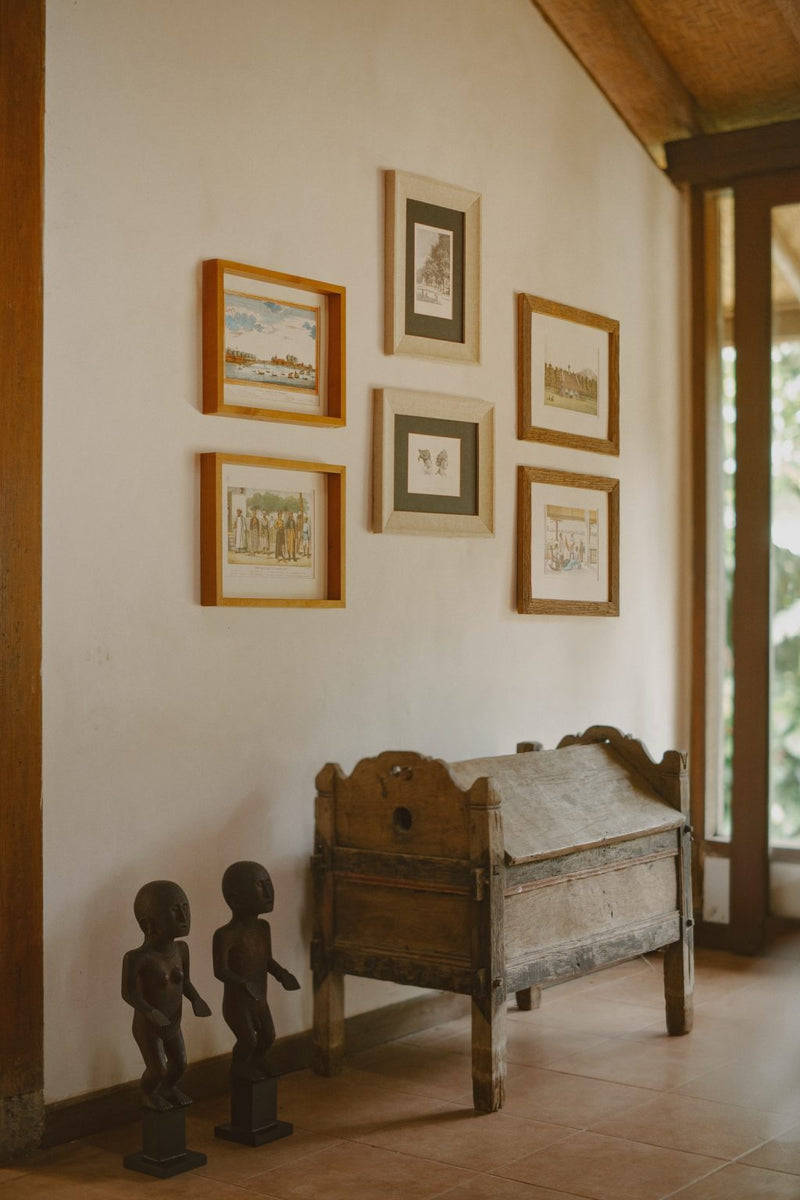Romanticizing East Indies Through Prints

How would you imagine the East Indies in the 17th and 18th century? How would you know that it’s oh so mooi*?
*mooi: beautiful

If you were a Dutch person wanting to see the place where you got your spice or simply to get a report, look no further than prints. In the 17th century, printmaking reached its peak in Europe. However, only in the Netherlands were prints sought for its luxurious value: the romanticized documentation of Oost Indisch (East Indies).
East Indies was an archipelago of tall coconut trees with the canopies sweeping in the wind and rows of mountains with rivers below drenching the rice paddies. At least, that’s what the illustrators drew. Those illustrations were later copied and produced into prints using several techniques; Engraving, Lithography, and Chromolithography.
The earliest known dated engraving is circa 1446 which makes this technique at least 563 years old.
An artist and/or engraver would carve a pattern on the wood or metal plate using an engraving tool called Burin. Ink is applied and wiped off so only the ink remains in the engraved lines and the image is then pressed onto paper to produce the image. While Lithography was invented later, using lithography stones with just one or two layers of stone. Later on, to produce more colors, more stones were layered. This technique is what is known as Chromolithography. It’s a beautiful technique to produce colors closely resembling oil paintings.
During the development of prints in Europe from the 17th to 18th century, prints depicting East Indies were produced as political reports. They were highly prized with illustrators like Junghuhn and Abraham Salms.
Here’s how you can style your home with the romantic East Indies, a reminder of past-time.
On The Shelf
Along with your findings in antique shops. Put one or two prints with no frame on the shelf. The bare print makes it a simple touch to present the remarkable detail on the pictures. They also make a great company to the small figures or silver antiquities.



Off The Wall
It’s never surprising to see framed prints on walls. However, sometimes there are things you want to put something else there. Maybe it’s a piece of beautiful fabric. Other times, maybe, there is a need to give a border between rooms. Framed prints will do.


In The Rows
Prints come in series, so do Lithographs, Chromolithographs, and Engravings. The illustrators were assigned to draw in certain areas; Abraham Salms in East Java, Franz Junghuhn in Buitenzorg (Bogor) and Central Java, and Herman von Rosenberg in Sumatra and Sulawesi. Recreate the series by stacking them on rows; either based on the illustrators, activities, people, or areas.
This way of styling is the prettiest of all for us. You can see how East Indies was drawn in one series, seen from different observers and various perspectives.














